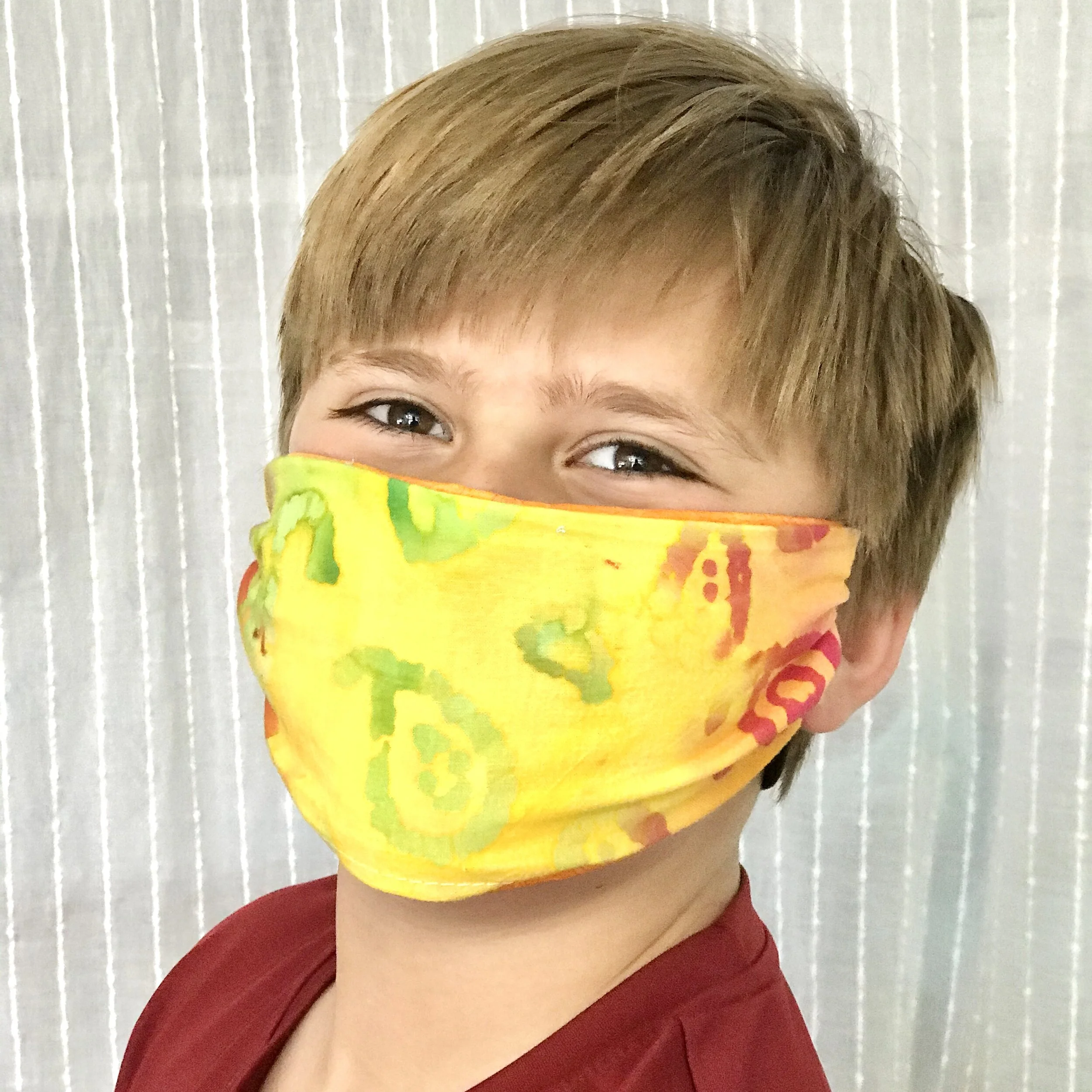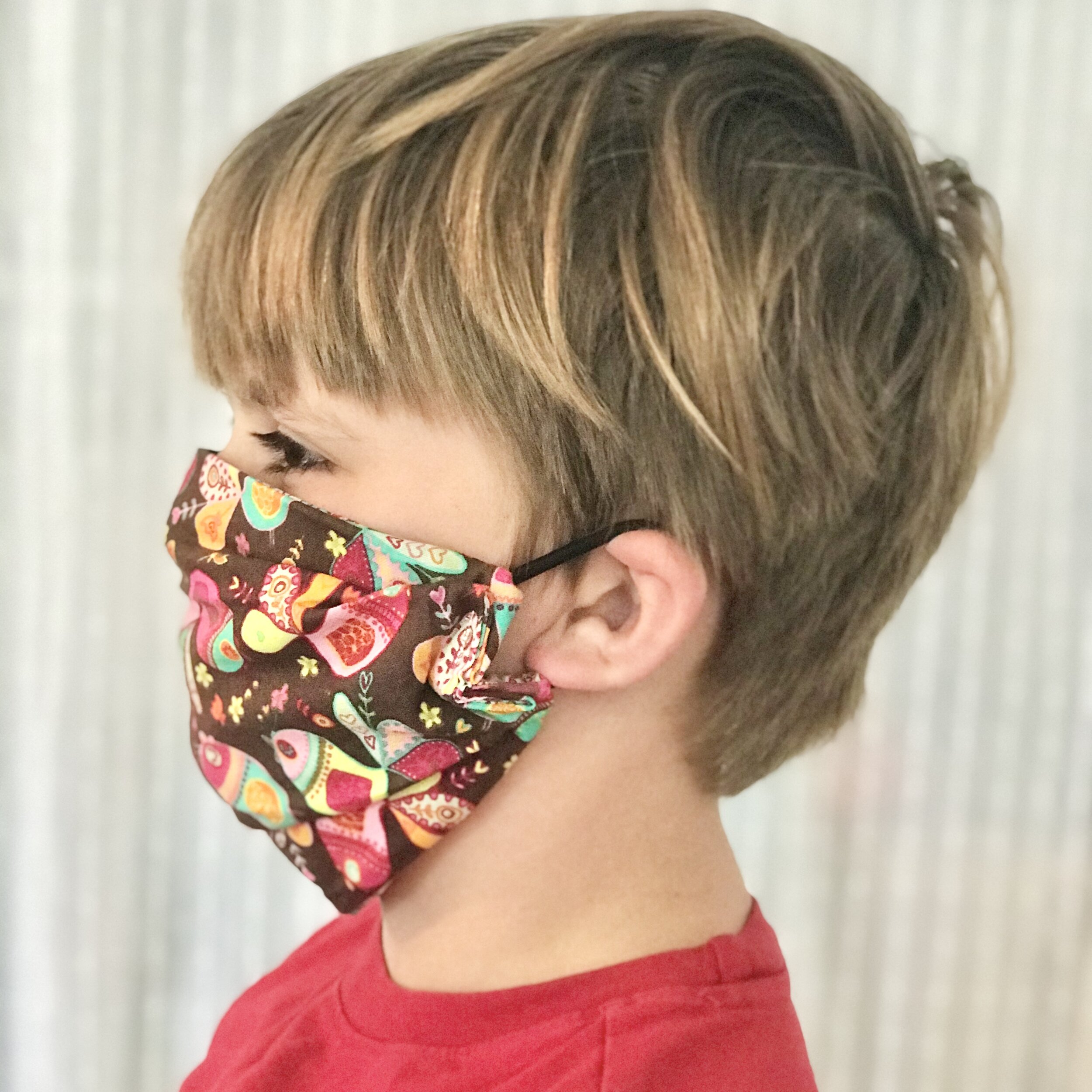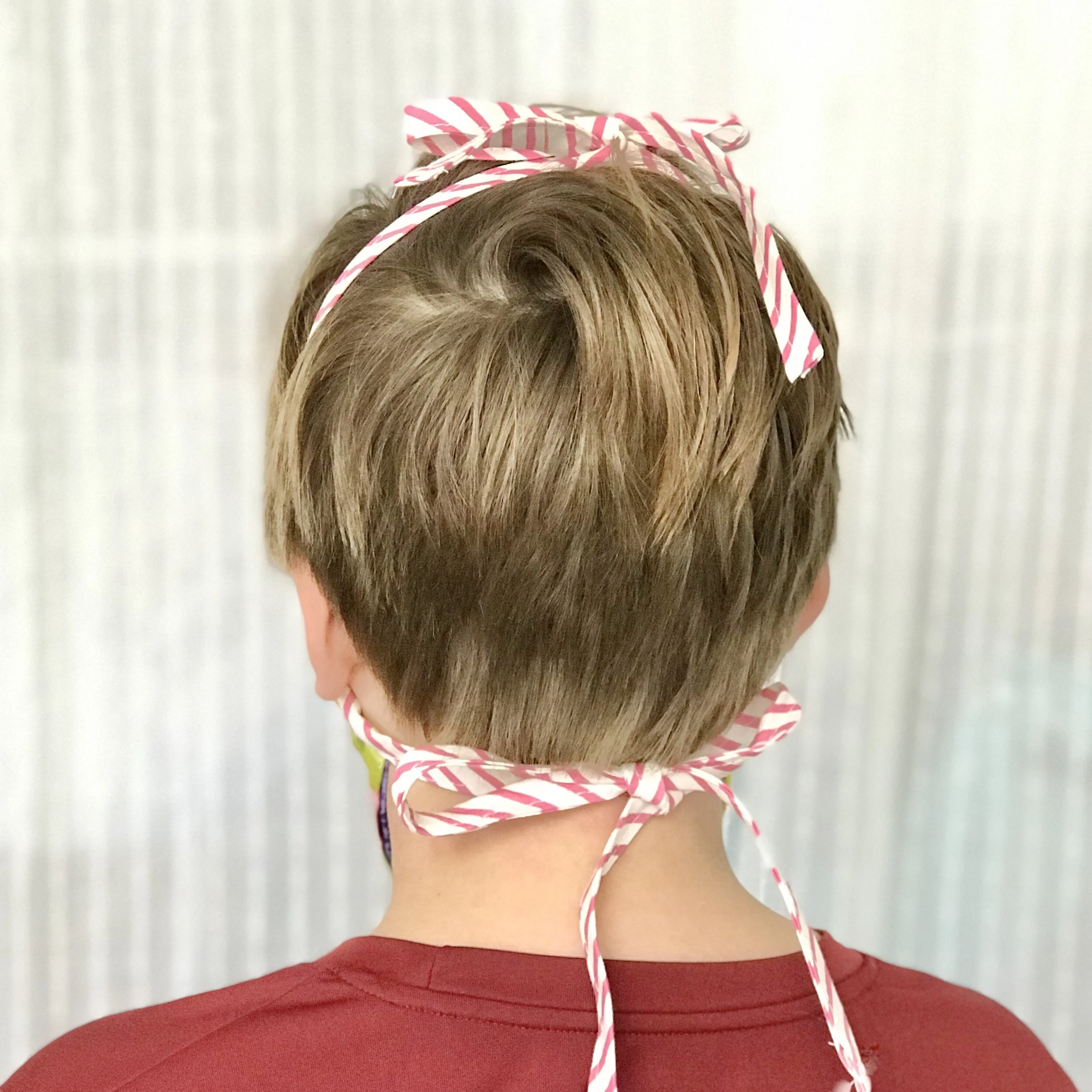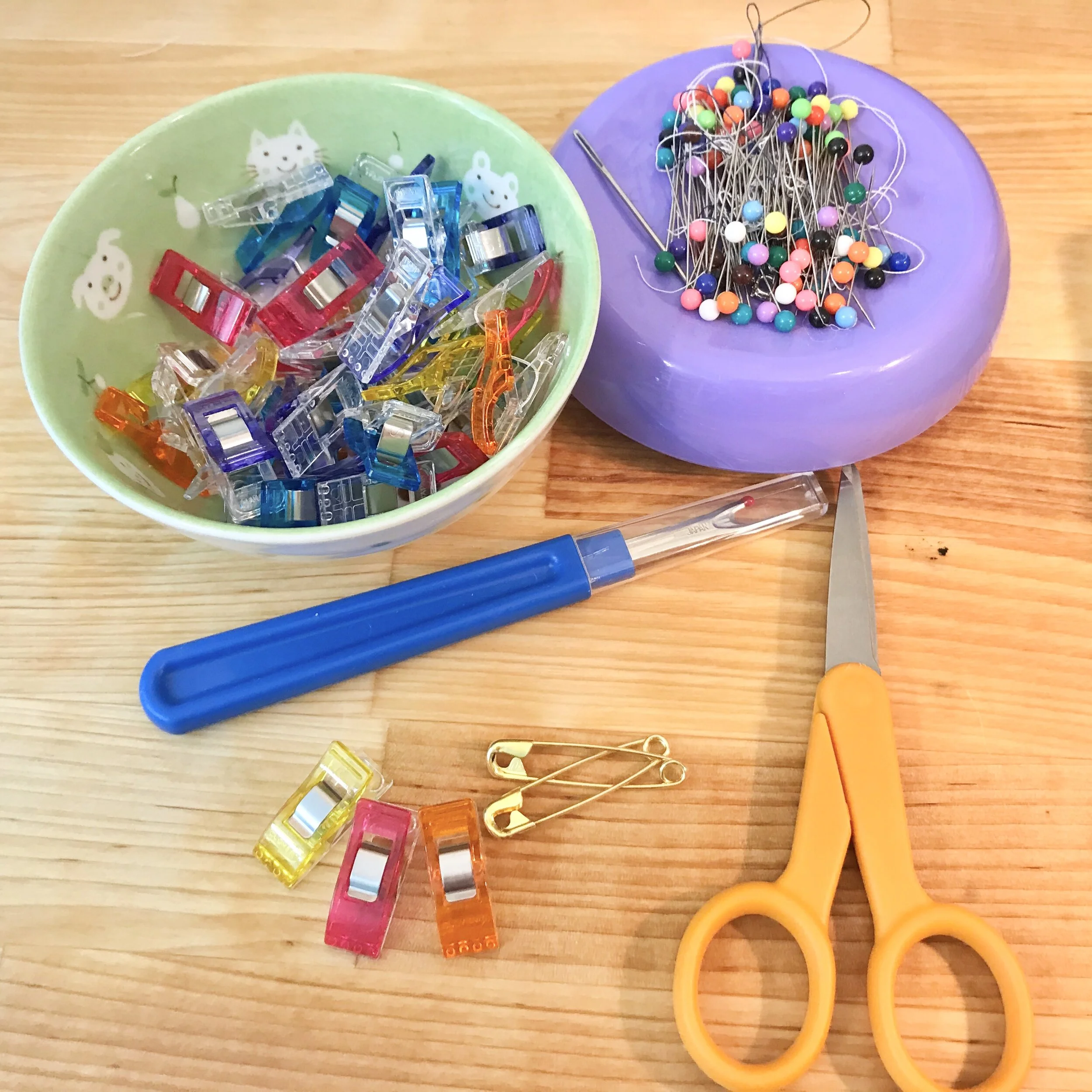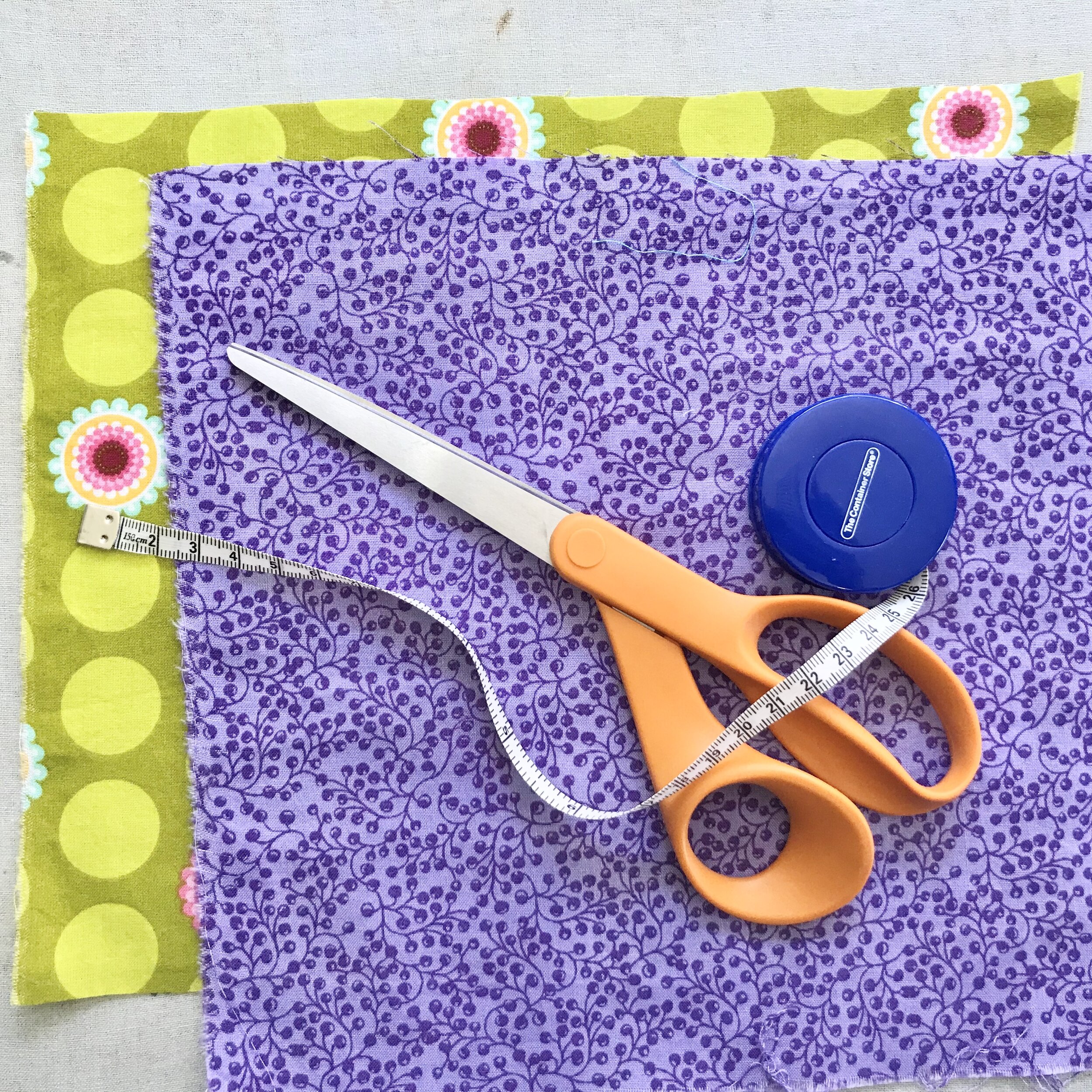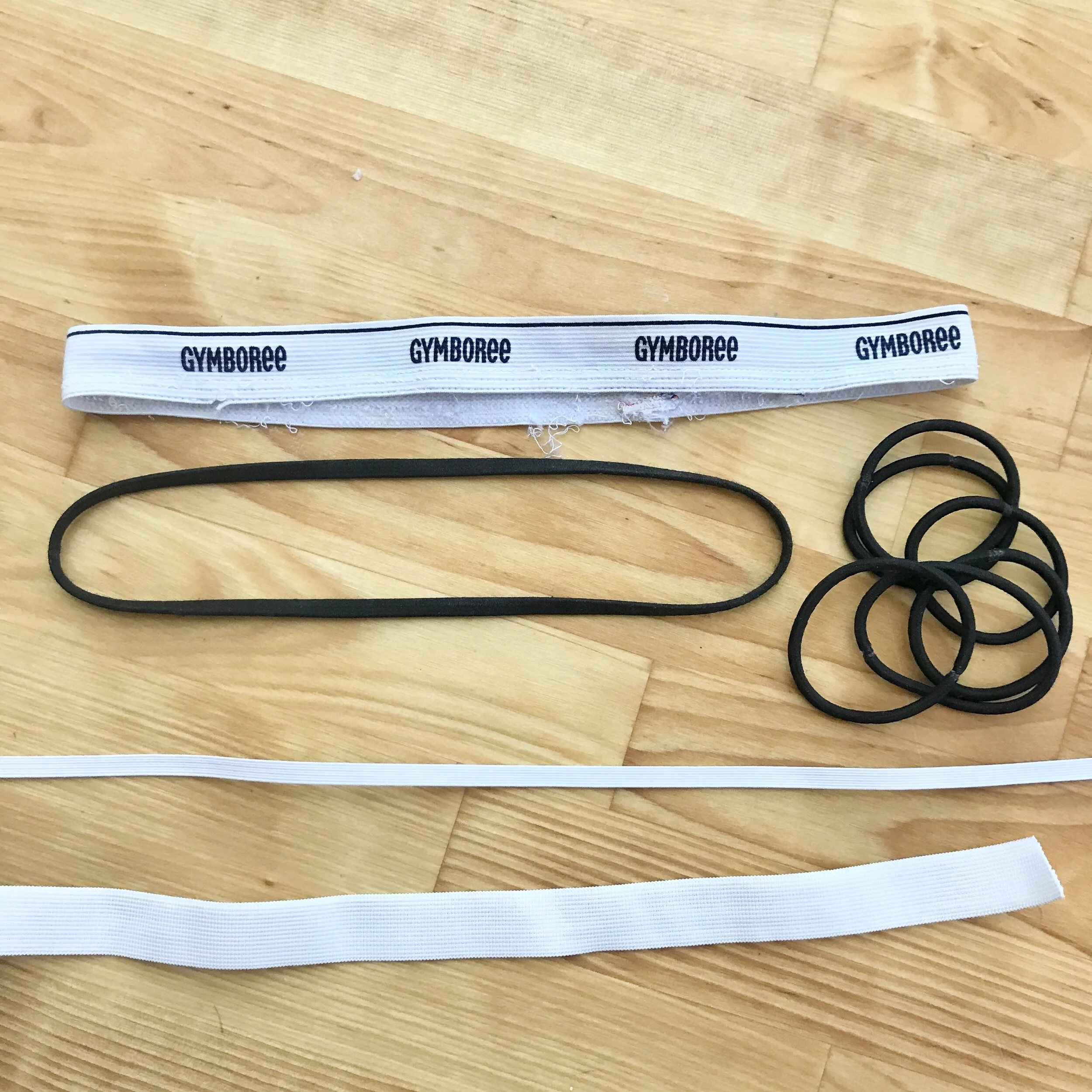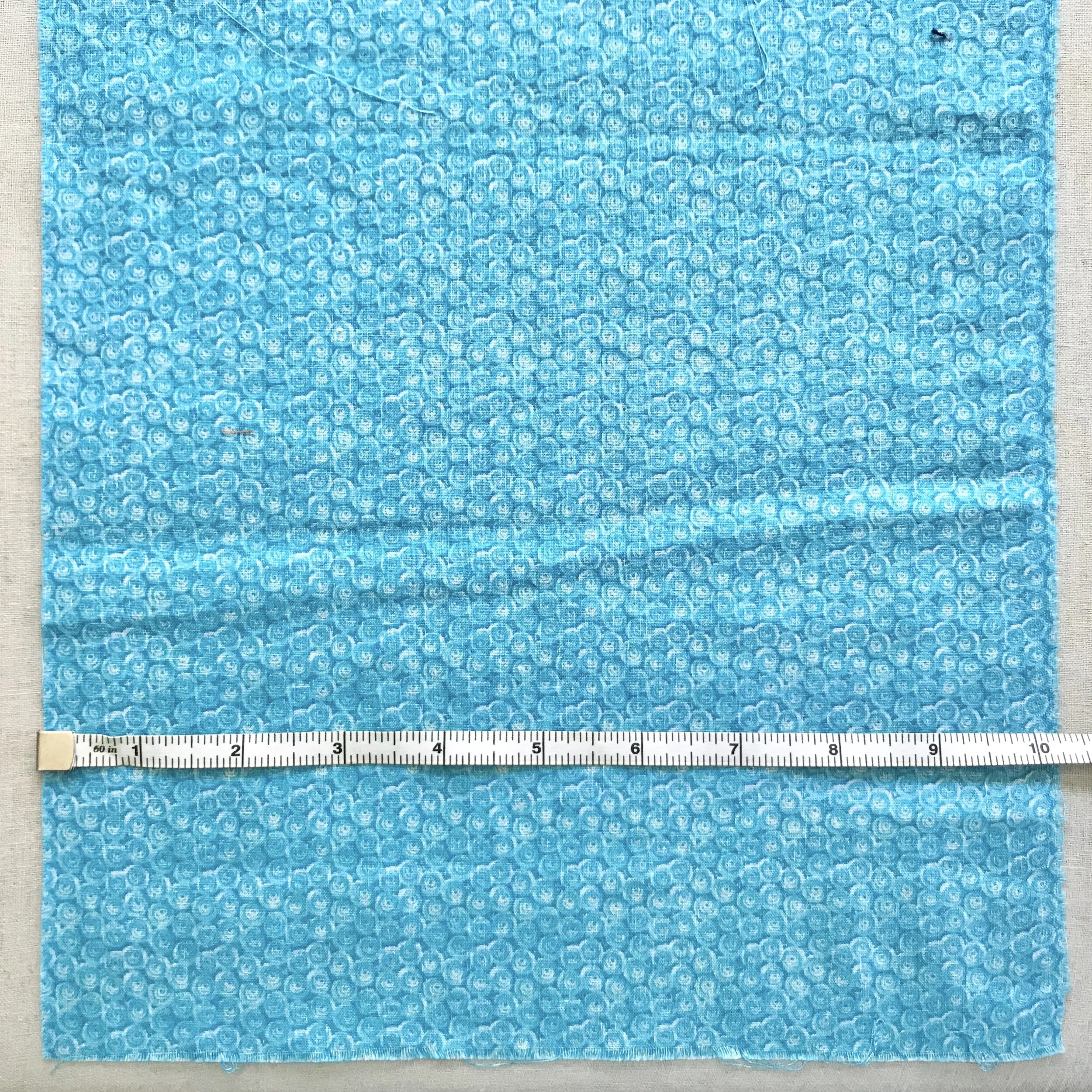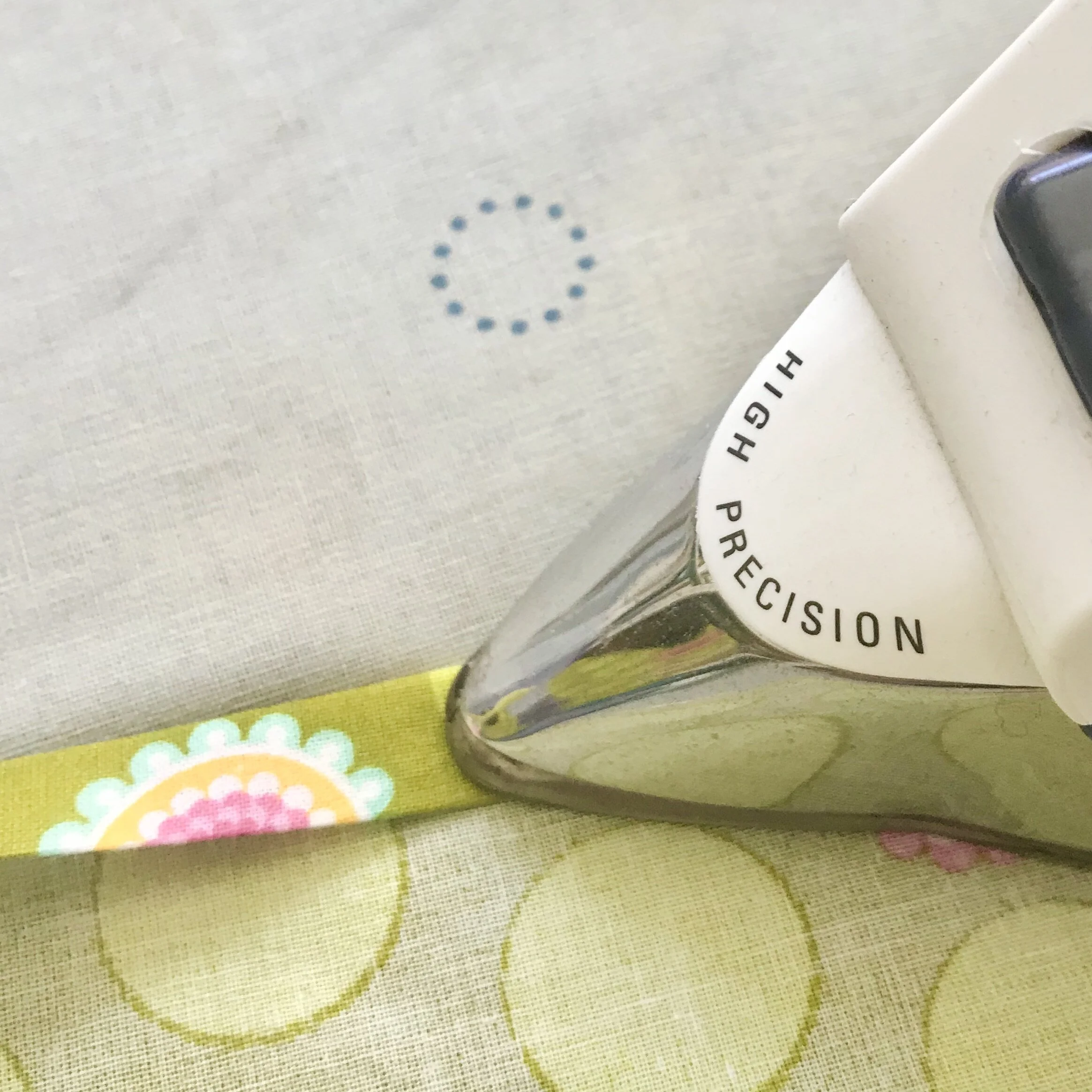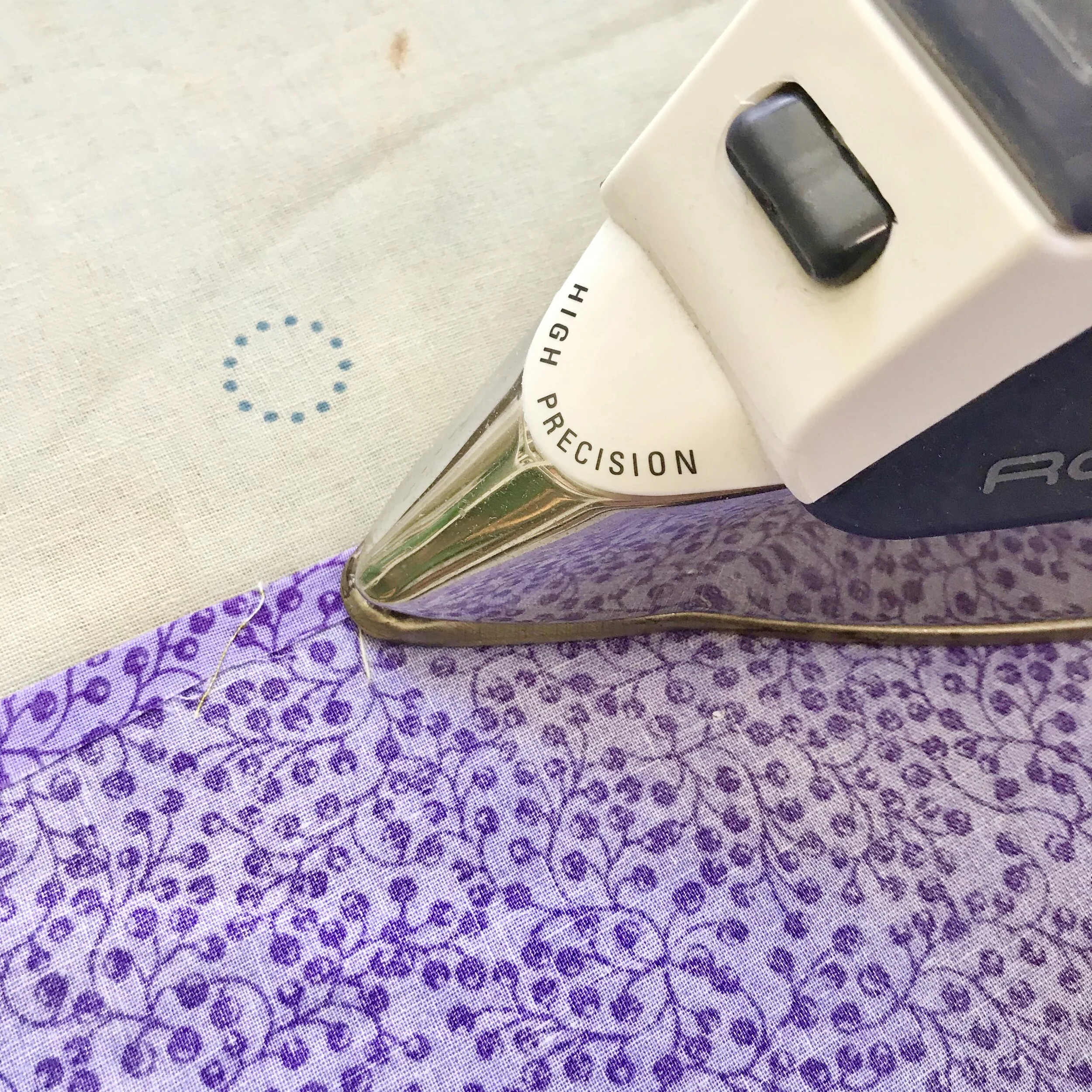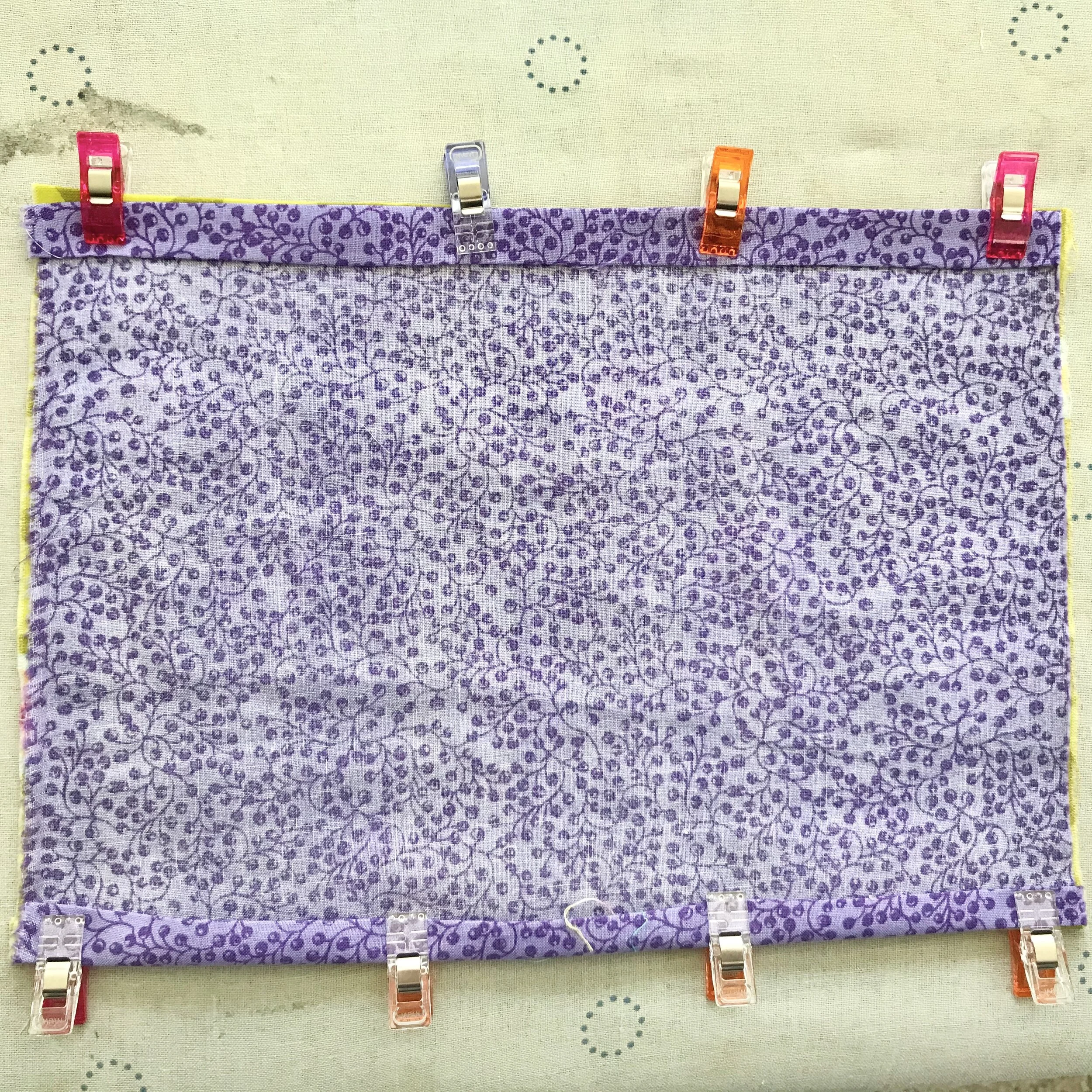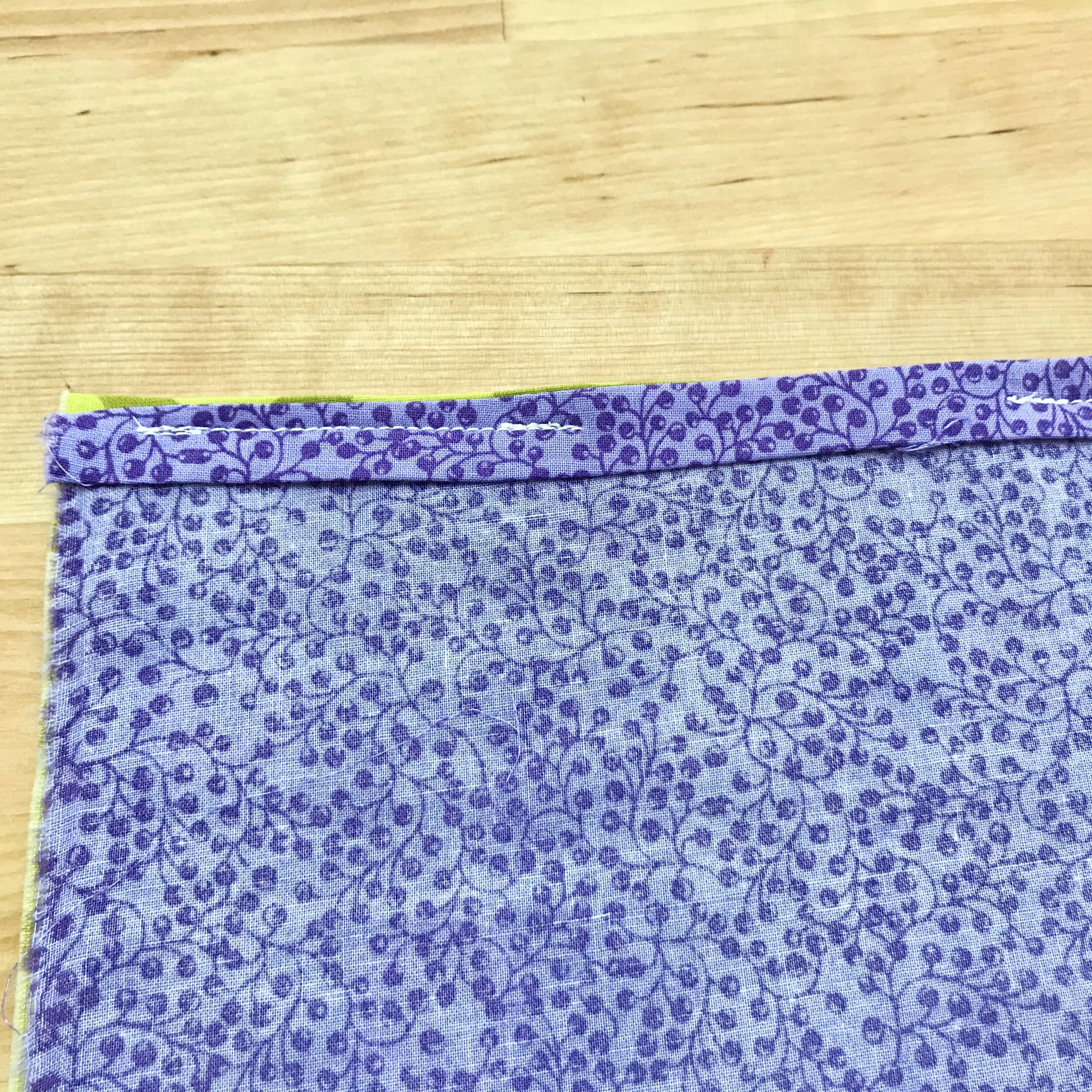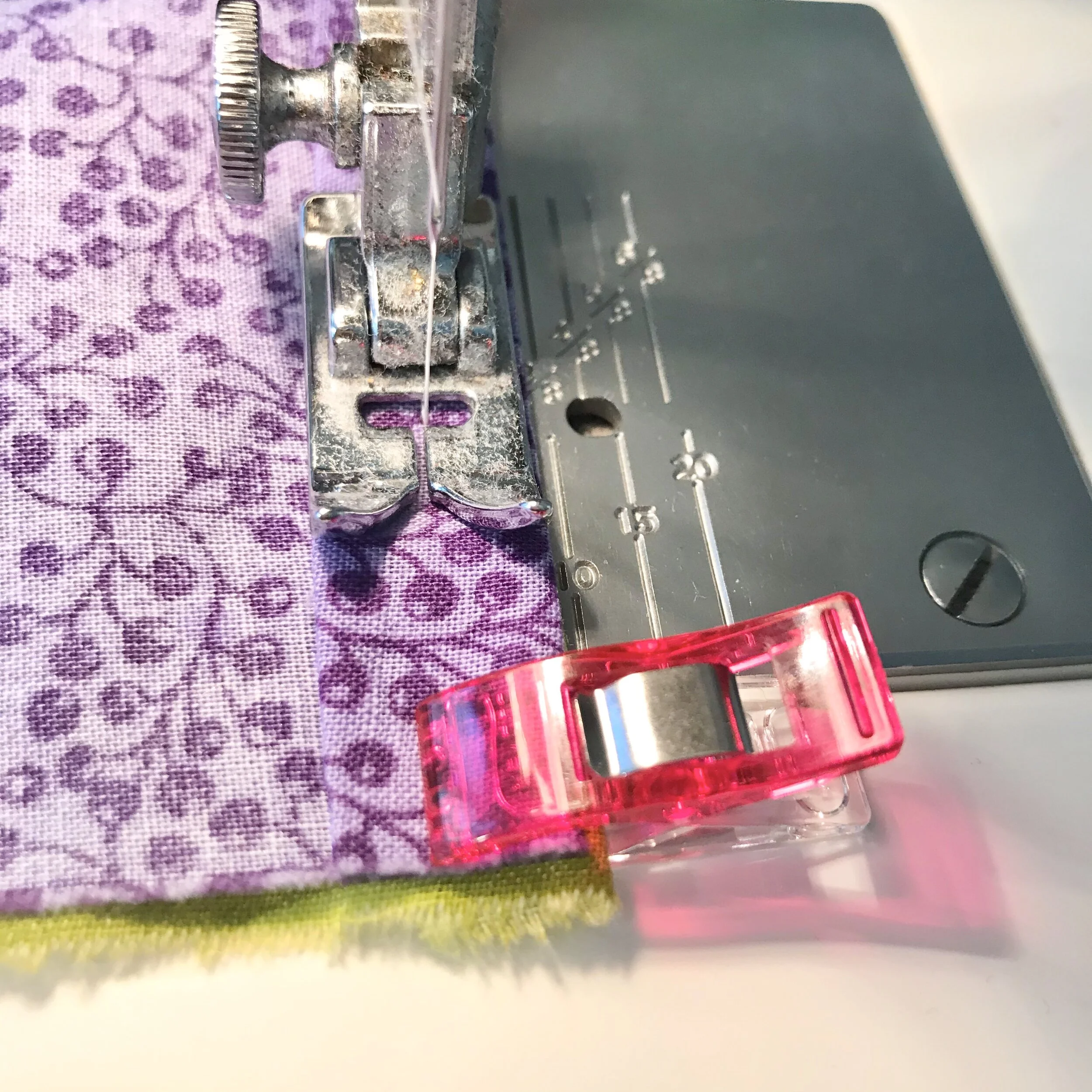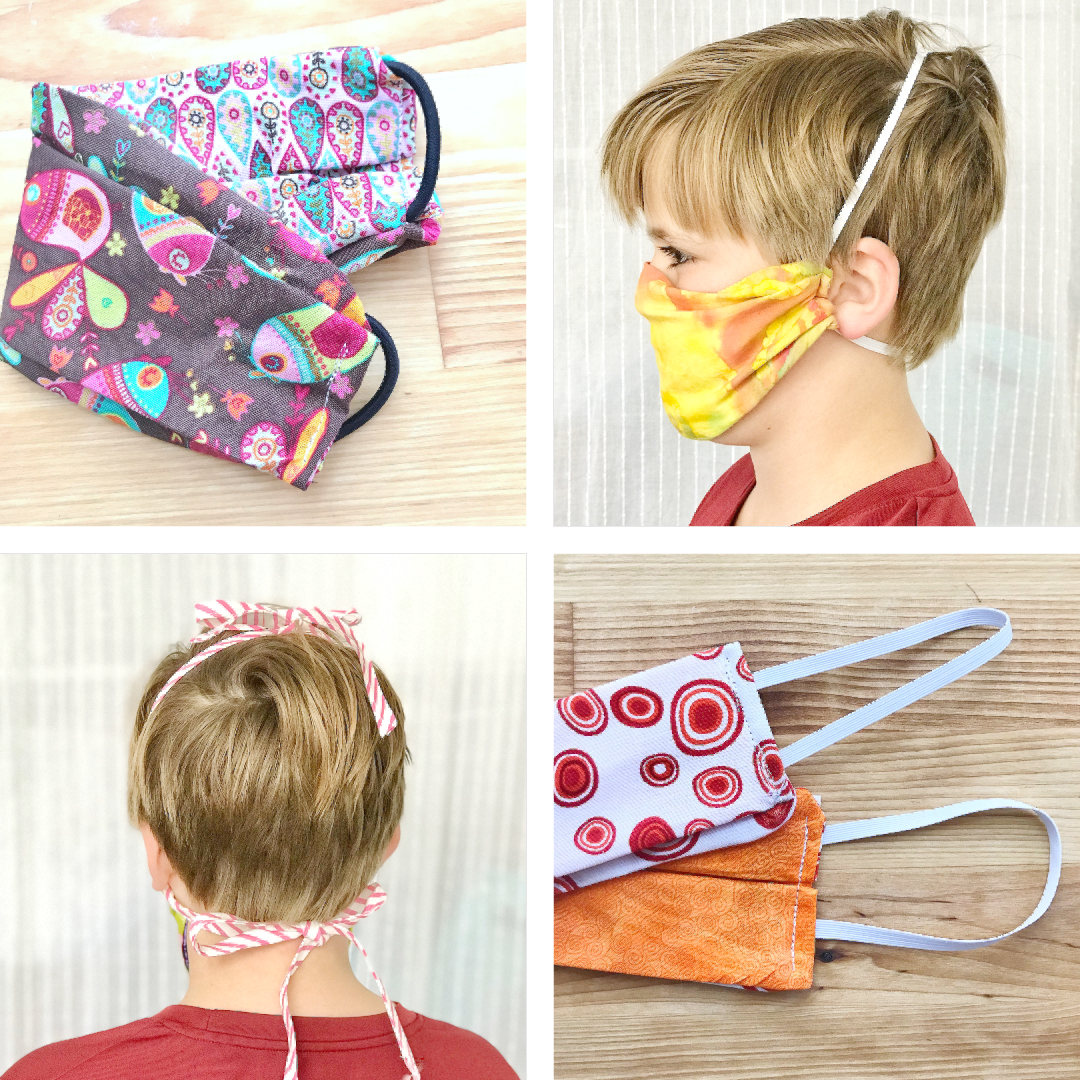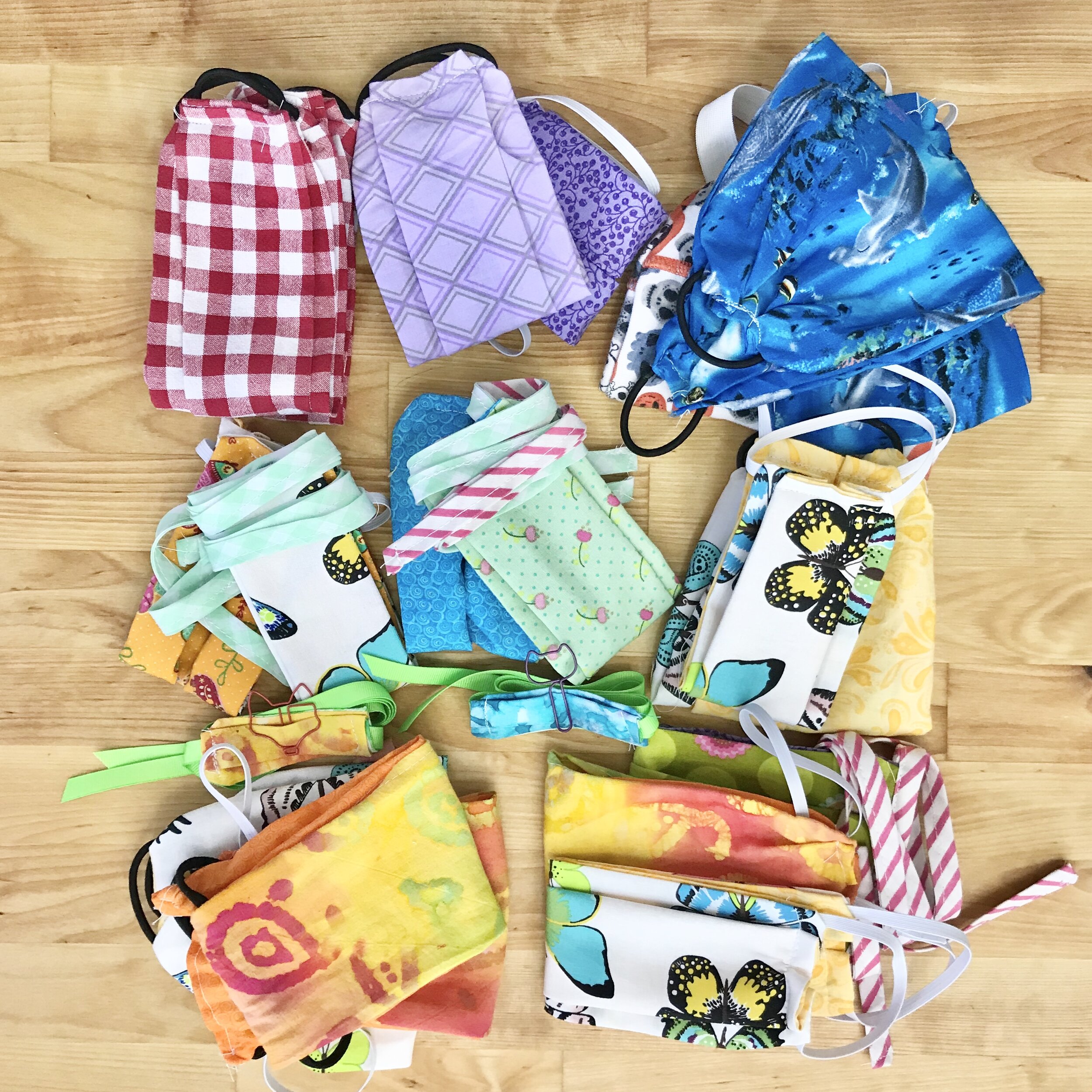Easy DIY Face Masks
Three WAYS TO MAKE FACE MASKS FOR YOUR FAMILY
Now that the CDC recommends that we all wear masks when we leave the house, I’ve been busy making face masks for my family. I tried all of the tutorials, so you don’t have to! Seriously, I have made more than 30 masks at this point, trying several different tutorials and models. In the end, I adapted and created my own design, creating an easy face mask design that only requires basic sewing skills, and will help to keep your family safe. These masks can also be donated to hospitals in need.
I used my stash of leftover fabrics and notions to create our masks, and I ended up with several different different ways to secure the masks to your face. This page contains recommendations for fabrics and filters, general materials requirements, and different options for securing your masks. There are also three separate tutorials for creating masks: double-bands, ear loops, and bias tape or ribbon ties. Links for each can be found at the end of this page.
My personal recommendation: the double-banded masks
They are easy to make and stay on well with no adjustments. I think this design is particularly good for kids. So those are the winners in our family. However, not everyone likes having straps around their head, so I have included the other tutorials as well.
Three Mask Designs
I created masks using several different attachment strategies.
NOTE: Some of these masks are for adults or smaller children. These photos show proper use of the elastics ONLY. Not proper fit of masks. Also, my child needs a haircut. Don’t we all!
The Double Band
I used elastic in a variety of thicknesses to achieve this. It is the most secure for children, and is easily adjustable. One strap goes over the top of the head and the other behind the neck. I would use the widest elastic you can find (up to 1”) for smaller children.
Ear Loops
Ear loops can be created using narrow elastic or hair bands. I used both materials. Personally, I don’t find them comfortable, but many people do. If you create ear loops and later find them irritating, you can adapt them to a Single Band or Double Band using string, yarn, ribbon, or even more elastic. This video tutorial shows you how:
The Basic Face Mask
The face masks I ended up being happiest with are based on the instructions from Vanderbilt University Medical Center. I chose this design for several reasons. It is simple to make. I could use items I already owned. It is adaptable for different face sizes and shapes. And my local hospitals will accept donations of this kind of mask as well. I made several small adjustments to the design, however, to accommodate the different materials I have on hand to use and to create a filter pocket.
Additionally, I felt the measurements they provide are a little on the small size, so I made our masks slightly bigger for better face coverage. Maybe we just have big faces! Once you have the basics down, however, you can adjust yours for your own family. Just be sure the mask fits securely over the nose and extends past your chin. You also don’t want gaping on the sides of the mask.
Materials
Fabric in 2 different prints (see note below)
Thread
Sewing machine
Elastic, hair ties, elastic headbands, ribbon, or bias tape (see note below)*
Scissors
Ruler
Straight Pins or Quilting Clips
Safety Pin (optional)
Iron
Filters
Recommended Fabrics for Face Masks
Experts recommend using a high-quality quilting fabric with a good thread count for this project. I chose 100% cotton fabrics. You could omit the removable filter and sandwich a layer of flannel into the mask as a third layer. But I chose to create a filter pocket and use a removable filter instead.
Why two different prints? Several people have recommended using two different prints when making masks. Why? So you know which side you were wearing on the outside — just in case your mask comes off. You don’t want to put your mask on again with dirtier side against your face! This is particularly helpful for toddlers who might pull their masks off. Plus, this makes your mask reversible and more fun — and we are all about the fun!
To make one mask, you’ll need two rectangles cut to:
Adult: 7.5” x 10.5”
Child: 6.5” x 8.5”
You can make one mask from a fat quarter — or two from two fat quarters of different prints.
Notes on Elastic and Other Fasteners
In making my masks, I used a variety of things I had around the house. Each creates a different means for keeping your mask on — and some are more successful than others. But use what you have! Here are a few thoughts on each option:
Elastic (1/2”, 1/4”, and 1”): the wider elastic works best for around the head masks. Skinnier elastic makes good loops for around the ears.
Ear Loops: 10-12” total elastic
Double-Band: approximately 20” elastic
Goody Ouchless Headwraps: these are my favorite, personally. They make for a great around-the-head fastener and are comfortable for even big heads.
1 headwrap/headband per mask
Goody Ouchless Hair Elastics: these make good fasteners around the ears. Alternately, they can be tied together, too (see below).
2 hair ties per mask
Bias Tape: use at least 1/2”, double-folded bias tape. You can even make your own. Great for making ties.
80” (2.25 yards) per mask
Ribbon: Not a great option, but ok in a pinch. Use grosgrain — not satin. Satin will just slide off your hair.
80” (2.25 yards) per mask
If you are having trouble finding elastic, don’t leave the house! I actually took the waistbands off a few pairs of outgrown underwear — they worked fabulously! Look around! You may have elastic which can be repurposed hiding in your closets or donation piles!
Filters
There are wide-ranging opinions at this writing about what to use as a filter if you can’t get an N-95 filter. Several experts have recommended blue shop towels as a good filter option. That is what we are using, but the filter pocket in this mask design will accommodate a number of filter options.
Instructions for Sewing The Face Mask
Step 1: Cut the Fabric
Cut a rectangle of each fabric — two total per mask.
Adult: 7.5” x 10.5”
Child: 6.5” x 8.5”
Adjust according to your family’s face size. If you are making masks to donate, make adult masks.
Step 2: Fold & Iron
Press the fabric. At the top of each piece, fold and press 1/4” over. Then fold and press again to create a double-fold hem. At the bottom fold and press 1/4” over.
Step 3: Pin Right Sides Together
Place the right sides of the two fabric pieces together. Pin or clip them together. Place a clip at each corner — this will keep the seams from getting too close to the edges.
I use quilting clips — which I love — but straight pins work very well, too.
If you are using flannel instead of a filter, sandwich the flannel between the two pieces of cotton.
Step 4: Sew the Top Seams
The top seam is actually two small seams with a space between. This space will form the access for the filter pocket.
Starting 1/2” in from the corner, sew a 3.5” seam across the top. Repeat from the other corner leaving an approximately 2” gap between the two seams.
Measurements are for an adult-sized mask. Adjust accordingly for smaller masks.
Step 5: Sew the Bottom Seam
The bottom seam goes straight across but starts and stops 1/2” from the fabric edge.
Step 6: Choose your Fastener Method
From here there are several ways to finish your mask depending on how you want it to fit and what materials you’ll be using. Click the links for instructions to complete your masks!
No matter what kind of mask you wear, I encourage you to wear a mask when you leave your home. When they asked people in the Czech Republic to wear masks, the entire country adopted a saying, “My mask protects you; your mask protects me.” We are all in this together no matter how long it lasts.
My masks will protect you. Your masks will protect me.
The work of the weekend: 22 masks to be mailed off to family far and near.


